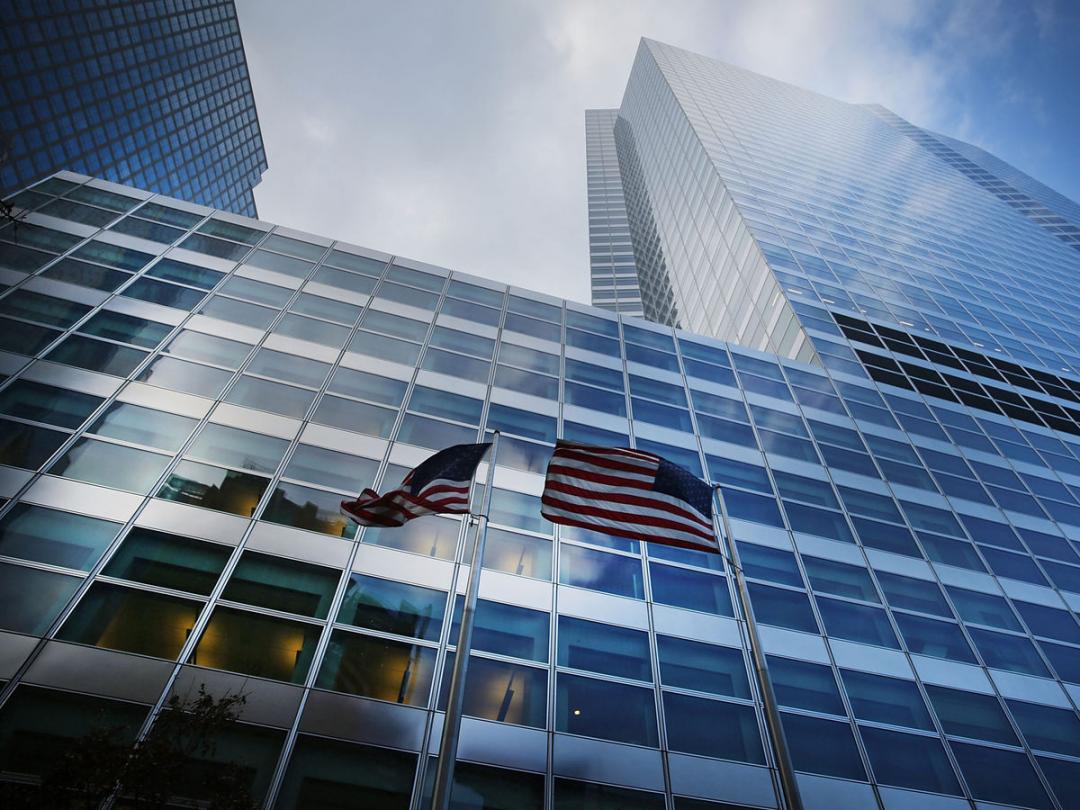All 31 US banks have passed the first hurdle in the Federal Reserve’s latest round of annual “stress tests” to see how they would cope in the next economic crisis.
The central bank said the banks had enough capital to keep lending during a severe global recession, BBC reported.
This was the first time since the tests began in 2009 that all banks had a capital level above the minimum amount. But some Wall Street giants were among the worst performers.
Goldman Sachs, Morgan Stanley and JP Morgan Chase were among the five banks with the lowest readings for a capital ratio of at least 5%.
The ratio compares capital – a bank’s ability to withstand losses – with the loans it has issued, which are weighted for their relative risks.
In the next round of tests, the Fed will determine whether the banks can maintain those capital levels and still return money to shareholders.
On Wednesday, the central bank will approve or reject requests for increases to shareholder payouts such as dividends.
The tests were designed to restore confidence in the US financial system after the government had to provide a $700b bailout package to stabilize hundreds of banks during the global financial crisis in 2008.
Hope for Bigger Payout
Goldman Sachs Group Inc.’s cushion of extra capital in the latest Federal Reserve stress test isn’t enough for the firm to match the dividends and share repurchases it rewarded investors with last year.
The Fed projected Thursday that Goldman Sachs’s total risk-based capital ratio would fall to 8.1 percent in a severe economic downturn, weaker than what the central bank estimated in last year’s test and barely above the 8 percent minimum. The figure was below Goldman Sachs’s own calculation of 13 percent, as well as those of analysts such as Credit Suisse Group AG’s Susan Roth Katzke, who estimated 11.3 percent.
Goldman Sachs’s narrow buffer in the Fed’s eyes probably will leave the New York-based firm with less than $1 billion in excess capital to pay out to shareholders beyond the dividends the firm has been disbursing. That’s dwarfed by the $5.47 billion it returned through buybacks in 2014, and the $6.5 billion that Katzke estimated the bank would return over the next five quarters.


